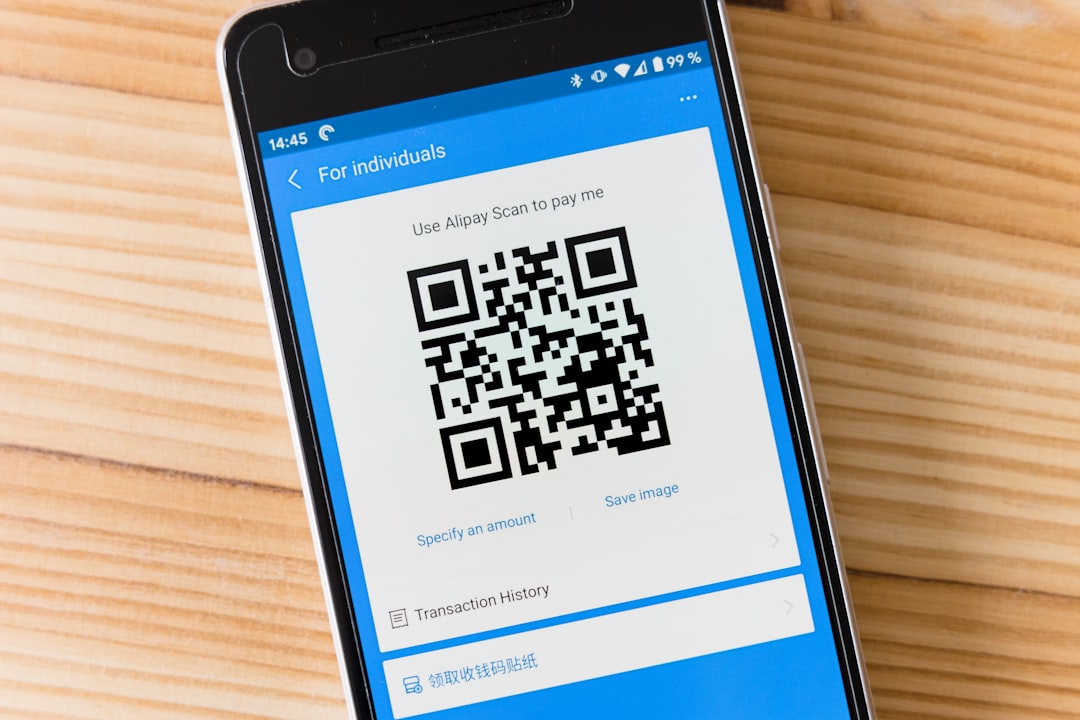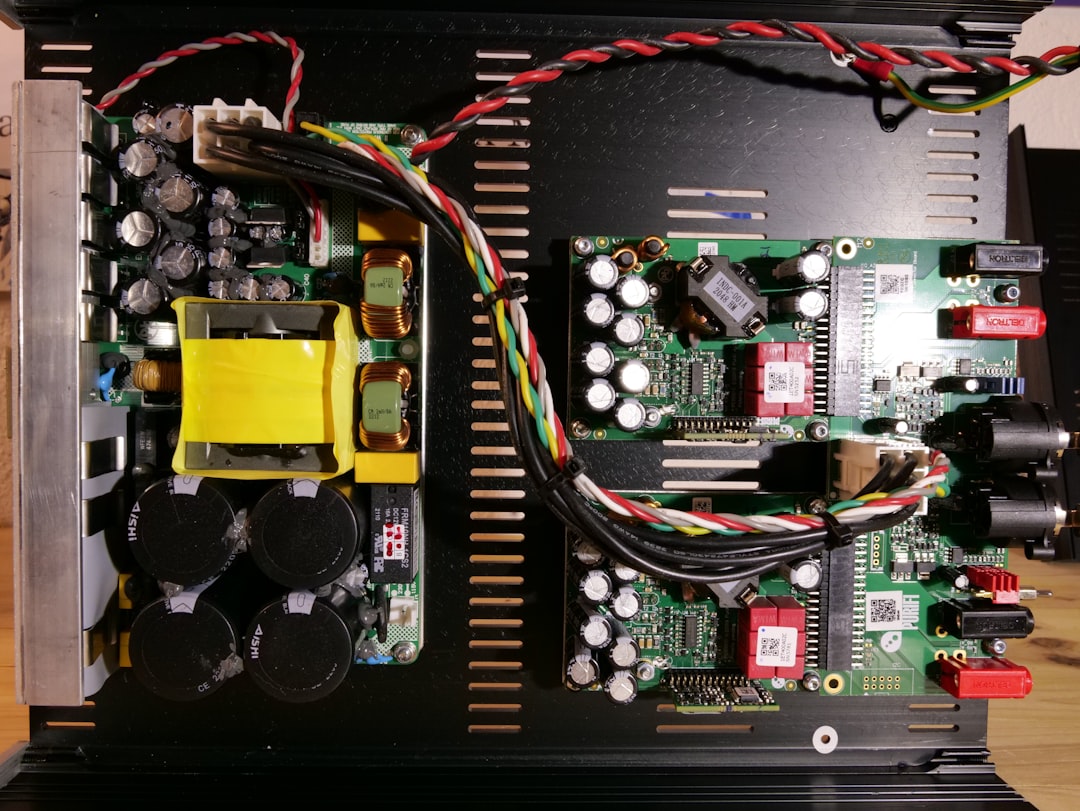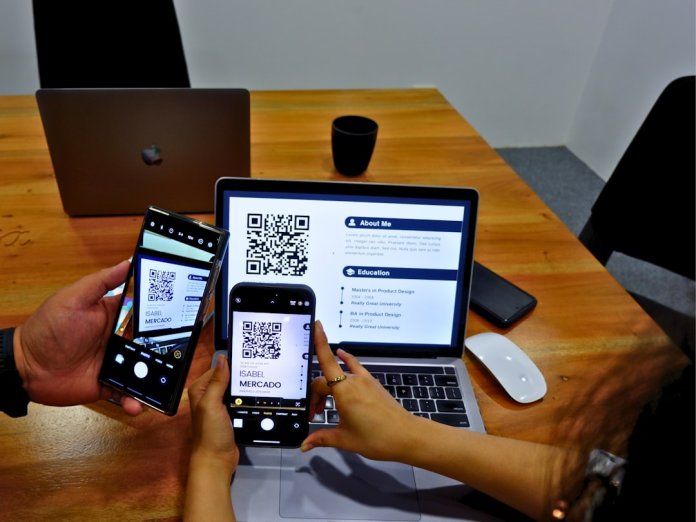In today’s expanding digital economy, cryptocurrencies have rapidly evolved beyond novelty into a legitimate form of investment and financial operation. Whether you’re trading Bitcoin or storing stablecoins, one essential tool you’ll need is a secure and functional crypto wallet. This step-by-step guide provides trustworthy and clear instructions for setting up a cryptocurrency wallet both on mobile devices and desktop systems so that you can safely manage your digital assets.
What Is a Crypto Wallet?
A cryptocurrency wallet is a software application that allows users to store and retrieve their digital assets. Unlike traditional wallets that hold physical cash, crypto wallets interact with blockchain networks to enable sending and receiving cryptocurrencies. Wallets are categorized as either hot (connected to the internet) or cold (offline and more secure). For everyday users, mobile and desktop wallets represent hot wallets and offer a user-friendly solution for daily transactions.
Step-by-Step Instructions for Setting Up a Mobile Crypto Wallet
Step 1: Choose a Reputable Crypto Wallet App
Start by selecting a trusted mobile wallet from reputable providers. Some popular and reliable options include:
- Trust Wallet
- MetaMask
- Coinbase Wallet
- Exodus
Download the app from your device’s official app store (Google Play Store or Apple App Store). Avoid installing wallets from third-party sites to mitigate malware risks.
Step 2: Install and Launch the App
Once downloaded, install and open the wallet app. You will usually be prompted with two options: “Create New Wallet” or “Import Existing Wallet.” Choose the former if you’re starting fresh.
Step 3: Write Down Your Recovery Phrase
The wallet will generate a 12- or 24-word recovery phrase. This is often referred to as a seed phrase and is the key to your wallet. It is essential you:
- Write the phrase down on paper (do NOT store digitally).
- Keep it in a secure, offline location.
- Never share it with anyone.
This phrase allows you to restore your wallet if your device is lost or damaged.
Step 4: Set a Secure PIN or Password
After storing your recovery phrase, you’ll be prompted to set a PIN code or password. This adds another layer of security against unauthorized access to the app.
Step 5: Add Cryptocurrency
With your wallet created, you can now receive cryptocurrencies. Tap on the “Receive” button for a token you want to deposit, and you’ll see your wallet address and corresponding QR code. Use this information to transfer crypto from an exchange or another wallet to your mobile wallet.

Step-by-Step Instructions for Setting Up a Desktop Crypto Wallet
Step 1: Pick a Reliable Desktop Wallet
Much like mobile solutions, desktop wallets offer robust security and functionality. Commonly trusted desktop wallets are:
- Electrum (for Bitcoin)
- Exodus
- Atomic Wallet
- MetaMask (browser extension)
Go directly to the official website of the wallet provider and download the version compatible with your operating system (Windows, MacOS, Linux).
Step 2: Install the Application Securely
After downloading, install the application and allow it to run. If you’re installing a browser-based wallet like MetaMask, add the verified extension from your browser’s store.
Step 3: Create a New Wallet
Launch the application or extension, and choose “Create a New Wallet.” Like mobile wallets, you’ll encounter a prompt to set a secure password and will be issued a recovery seed phrase.
Step 4: Backup Your Recovery Phrase
This step cannot be stressed enough. Write your recovery phrase on paper and store it in a secure location. Do not take screenshots or save this information to your computer or cloud services.

Step 5: Configure Security Features
Some desktop wallets allow for additional security features such as two-factor authentication (2FA) and encrypted password vaults. Enable these features if available to enhance protection.
Step 6: Add or Transfer Cryptocurrency
Just like on mobile, once your desktop wallet is set up, you can start receiving cryptocurrencies. Use the wallet’s “Receive” function to get your address, and transfer funds from elsewhere using that address.
Tips for Ensuring Wallet Security
Even with a correctly set-up wallet, maintaining security is critical. Here are essential practices to help protect your assets:
- Keep your seed phrase offline — paper or metal backups are safest.
- Enable all available security features — PINs, 2FA, biometric locks, etc.
- Update your software regularly — security patches are vital.
- Be cautious of phishing attacks — never enter your seed phrase online except when restoring.
- Use hardware wallets for significant holdings — devices like Ledger and Trezor offer cold storage for long-term safety.
Common Troubleshooting Issues
If you run into problems during setup or usage, consider the following common issues and resolutions:
- App Crashing: Make sure your OS version is compatible and download the latest update.
- Recovery Phrase Not Working: Double-check spelling and word order. These phrases are derived from a known BIP39 list and are very specific.
- Cannot Send Crypto: Check for network fees or insufficient balance issues. Ensure you’re on the correct blockchain network (e.g., Ethereum vs Binance Smart Chain).
- Wallet Not Syncing: Wait for blockchain synchronization or restart the app. For full-node wallets like Bitcoin Core, syncing can take hours or days.
Final Thoughts
Setting up a crypto wallet might feel daunting at first, but it’s a straightforward process when followed carefully. Mobile wallets are excellent for accessibility and convenience, while desktop wallets are generally preferred for storing more significant amounts due to enhanced security controls. Whichever route you choose, what’s most important is cultivating secure habits from the very beginning.
Cryptocurrency ownership is empowering but comes with great responsibility. Unlike traditional banks, there is often no recourse if you lose access to your wallet or fall victim to fraud. By following the above steps diligently and staying educated on security best practices, you can confidently engage with the new world of digital finance.
 crypto wallet security, private key protection, digital asset safety[/ai-img>
crypto wallet security, private key protection, digital asset safety[/ai-img>
